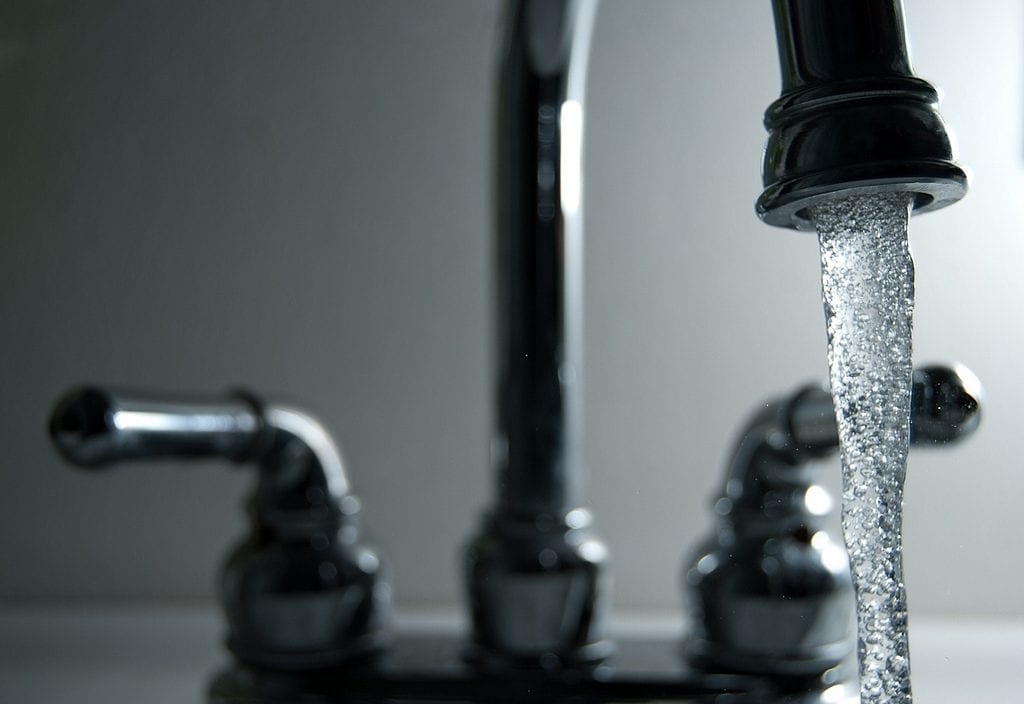You’d be hard pressed to find someone in the United States who doesn’t know about the Flint, Michigan water crisis. High concentrations of lead in the municipal water supply prompted officials to declare a state of emergency and to instruct residents to bathe and drink only bottled water.
What many people don’t realize is that similar lead contamination is found in communities across the country. In one recent high profile case, lead was discovered in the water in 40% of the Atlanta, Georgia school system’s buildings. This is a matter of concern for anyone who owns property with a dedicated water supply, especially multi-family homes, assisted living facilities, hospitals, and academic campuses.
The Danger of Lead in Water
Lead is a heavy metal that, when ingested or inhaled, is a dangerous brain toxin. In children, it can lead to permanent learning disabilities, behavioral problems, and lower IQs. Depending on the individual and the amount of exposure, it can lead to additional severe symptoms, including vomiting, seizures, and coma.
While lead poisoning can be treated, its effects are permanent. Damage from lead poisoning tends to occur gradually over time, and thus its presence in water can go undetected for years or decades. Even in low doses, lead is harmful to human health, and it bio-accumulates over time, leading to increasing blood levels the longer an individual is exposed.
Why Property Owners Should Be Concerned
In the case of Flint, Michigan, the cause of lead contamination occurred at the municipal level. However, even if your municipal source is safe, that doesn’t mean that your facility is.
Buildings constructed in the 1980s and before frequently were plumbed with pipes, fixtures, and solder that contain lead. As these materials corrode, the lead can become waterborne and be ingested by occupants via water fountains and faucets. Children may consume it accidentally or during play when showering or bathing. Even plumbing installed after the 1980s can include lead-containing materials, so it’s important to test even newer buildings periodically.
What the Law Says About Lead in Water
The EPA has set the maximum contaminant level goal for lead in drinking water at zero. This means that there is no safe amount of lead in drinking water. In an effort to improve water safety and reduce lead in municipal water supplies, the Safe Drinking Water Act (SDWA) regulation 40 CFR Part 141 Subpart I sets standards for pipes, plumbing fittings, fixtures, solder, and flux.
However, as of this writing, there is no regulation that requires property owners or managers to test the water on their properties for lead contamination. Nevertheless, many school districts and property owners are choosing to safeguard the health and safety of their students and occupants by testing the water.
How to Test for Lead Contamination in Water
Testing for lead contamination is not complicated, and provides significant peace of mind for the property owner, manager, and occupants. Water should be tested separately at each faucet, drinking fountain, and other outlet from which occupants may consume the water. Differences in flow rates and building materials can cause lead concentrations to vary substantially, even within the same building. Samples should also be taken at “first draw”–that is, the first water to come out of the faucet after a resting period–as well as after a brief flushing period. The water should then be sent to a qualified lab to be tested according to EPA Drinking Water Method 200.8.
To ensure the reliability and thoroughness of your results, you may wish to hire a professional. Consultants at GLE are waiting to schedule your testing.



